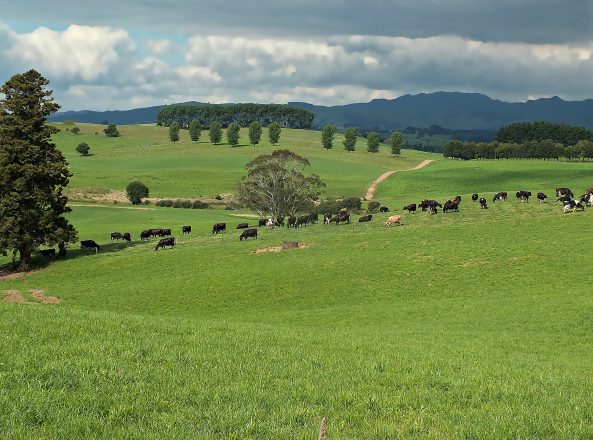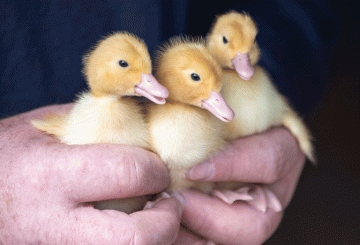从下周起,在新西兰省举行的一系列会议上,将讨论如何支付农场排放量。
2019年,政府宣布,该行业将不得不从2025年开始支付排放费用,并且该行业有时间开发一种衡量排放量和定价的方法。
行业合作伙伴 He Waka Eke Noa(包括新西兰乳业公司和新西兰牛肉和羔羊等组织)提出了两种支付排放的选择,并将在下周开始的全国路演中向农民推出。
在第一种选择下,农民将支付农场一级的净排放量。根据备选方案二,排放量将根据从农场收到的产品数量在加工商一级计算。
路演的反馈将有助于 He Waka Eke Noa 选择一种选择,在四月份向政府展示。
如果政府不批准,农业排放将被纳入新西兰排放贸易计划。
由于该国现在处于Covid-19交通信号灯系统的红色设置,一些会议已更改为在线网络研讨会,而另一些会议则推迟了一周。
Beef and Lamb NZ 董事长安德鲁·莫里森表示,由于调整路演安排需要时间,它正在调查延长时间表的问题。
联邦农民主席安德鲁·霍格德说,现在不是农民参加路演的最佳时机,因为他们正忙于确保全国各地的食物都能摆上桌子。
“我已写信给总理,要求她推迟4月30日我们行业对排放定价选项做出回应的最后期限,直到该国恢复到’橙色’交通信号灯设置为止。
“农民应该有一个适当的协商过程,并有机会就这个话题提供反馈,讨论需要面对面。尝试在线进行此操作是不公平和不现实的,尤其是在某些地区的互联网不完善的情况下。”
霍格德说,当敦促所有新西兰人保持安全并避免潜在的 “传播” 事件时,期望农民和其他人参加会议也是不公平的。
已向总理征求意见。
农民期待得到答案
哈沃登绵羊、牛肉和鹿的农民安德鲁·卢瑟福看了一眼这两种选择,并期待参加他在当地的会议。
“我想就像我正在寻找答案的很多人一样,尝试解决这个问题会很好,因为它真的很复杂-我们想知道的主要是它要花多少钱。”
如果卢瑟福不得不选择一种选择,那将是农场税,因为它说明了农民为抵消排放所做的工作。
“我们了解减少占地面积的重要性以及这样做可能带来的好处,我们通过美利奴新西兰销售我们的羊毛,在营销方面,美利奴将我们的低碳足迹作为积极因素。
“农场有很多原生掩护,爸爸多年来一直专注于种树,因此,如果我们能因为在农场所做的积极事情而获得回报,这将鼓励其他人也这样做。”
北坎特伯雷农业负责人温顿·达利说,迄今为止,该地区的许多农民对He Waka Eke Noa流程的关注不多,但他鼓励所有人参加其中一次会议,无论是在线还是亲自参加。
“我会去让他们知道我认为他们错了一切,我认为他们已经真诚地尝试了一些不错的选择,但现实情况是,它们都对农业不公平。
“他们正在处理的是前几届政府将农业排放锁定在《巴黎协定》中,要放松这一点可能非常困难。但现实情况是,牲畜的排放量和农场碳的封存没有得到准确和公平的解释,这是主要问题。”
达利说,他很乐意倒流,重新开始这个过程。
他说:“务实地说,我们现在不会有部长或政府这样做,所以我想人们将被迫在选项之间做出选择。”
他说,农民没有参与这一过程是有罪的,因为许多人觉得自己没有专业知识或不了解科学。
“但是,重要的是人们参加会议以获得更好的理解和提出问题。”






























































